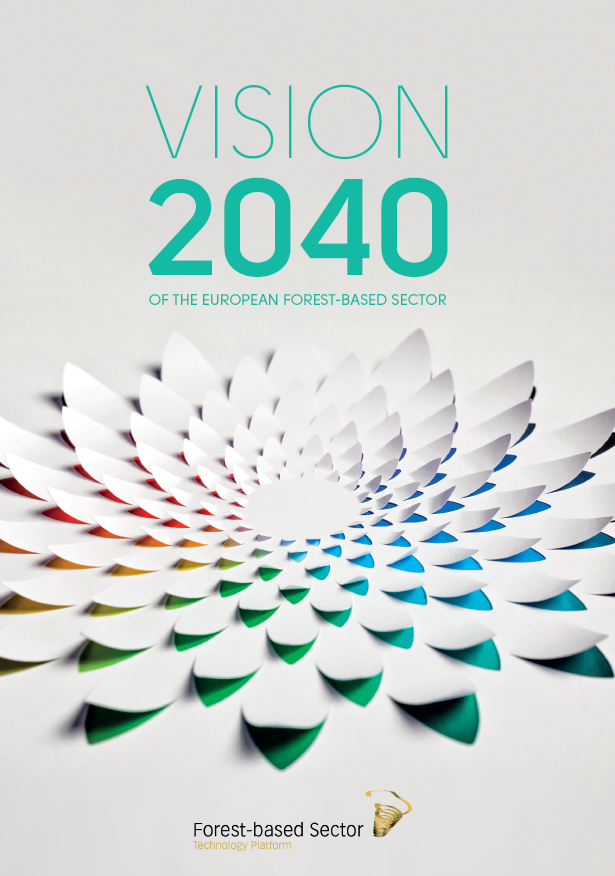1. Sustainable forest management, biodiversity and resilience to climate change
The importance of sustainable and multifunctional forest management is widely acknowledged, due to its benefits for society. Resilient and diverse European forests, managed through different types of ownership, provide a wide array of forest ecosystem services including raw material production, climate change mitigation, biodiversity conservation and protection of water-related ecosystems.
2. Increased, sustainable wood production and mobilization
Forest growth is increasing, leading to increased CO2 sequestration. Management practices are being further optimized for even higher productivity and stand quality. The creation of climate change-resilient and stress-tolerant forests is particularly important.
Research, innovation and careful, long-term forest management have increased harvesting possibilities in Europe by 30 per cent, between now and 2040.
3. More added value from non-wood ecosystem services
In 2040, we have successful new business models based on forest ecosystem services. They are often based on cross-sectoral cooperation with sectors such as food, water and tourism. The added value from new markets for non-wood forest goods (mushrooms, berries, clean water) and services (recreation, tourism, climate change mitigation) has increased tenfold.
4. Towards a zero-waste, circular society
By 2040 material collection rates of forest-based products have increased to 90 per cent and their reuse and recycling account for 70 per cent of all recyclable material. This circular economy stores carbon and substitutes more energy-intensive materials.
5. Efficient use of natural resources
Activities to foster resource efficiency have resulted in significant improvements in energy efficiency, specific raw material input and specific water use in the forest-based industries. This contributes to the provision of high-added value products with a drastically reduced environmental footprint.
6. Diversification of production technologies and logistics
With new technologies, such as AI, and improvements in automation and digitalization, traceability is fully implemented throughout the
value-chain. Diversification of technologies also helps to make small-size production units economically feasible. They might be stand-alone or part of a regional industry ecosystem.
7. Purposeful, safe jobs and links between rural and urban regions
In 2040, the forest-based sector is an attractive employer, known for providing meaningful and safe jobs in rural as well as in urban regions. It is well known for developing the skills of its workers and managers and has significantly increased the
number of employees involved in different aspects of
research, development and innovation activities.
8. Renewable building materials for healthier living
Wood, the most commonly used renewable construction material in the world, has a bright future. In 2040, biobased construction in Europe
has tripled its market share from the 2015 level, whilst the overall added value of the woodworking industries has doubled. Increased value will come from new products and services, as well as more widespread use of energy-saving, modular and flexible housing structures and functional furniture.
9. New fibre-based products and 80 per cent lower CO2 emissions
The forest-fibre and paper industry is well on its way to reaching the targets – set out in the CEPI 2050 Roadmap – to cut its carbon emissions by 80 per cent, while creating 50 per cent more added value. While established product segments, mainly paper, packaging and hygiene, have evolved and remain the main source of income, almost half of the new added value is expected to come from other new biobased products such as textiles and green chemicals.
10. Renewable energy for society
Thanks to new and innovative production technologies, reduced overall energy consumption, increased recycling, reuse and refining of sidestreams, the sector will continue to be the biggest producer of green electricity and biofuels in Europe, with a capacity in 2040 to provide the equivalent of 100 million barrels of crude oil (produced from about 65 million m3 of forest and mill residues).



